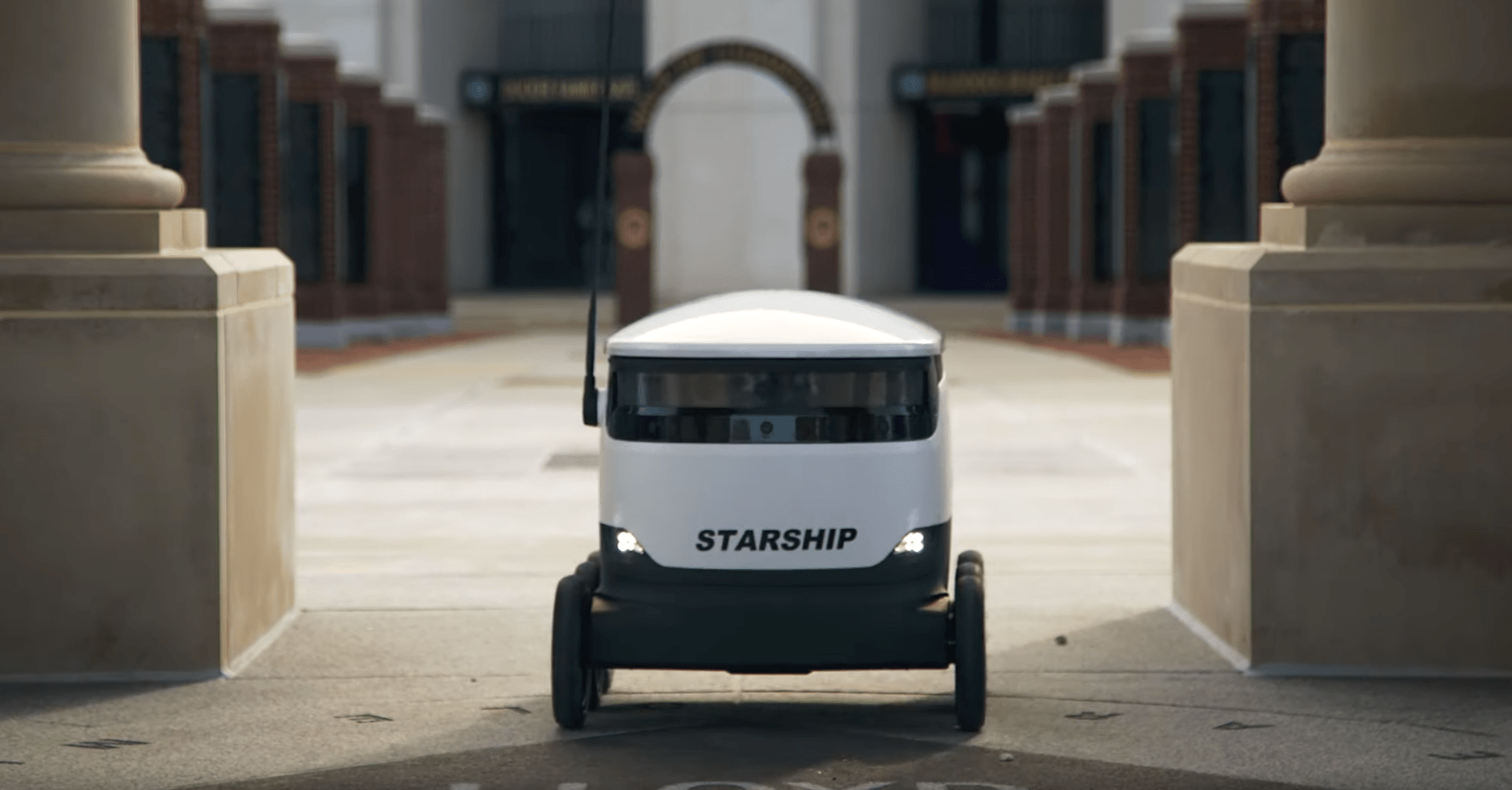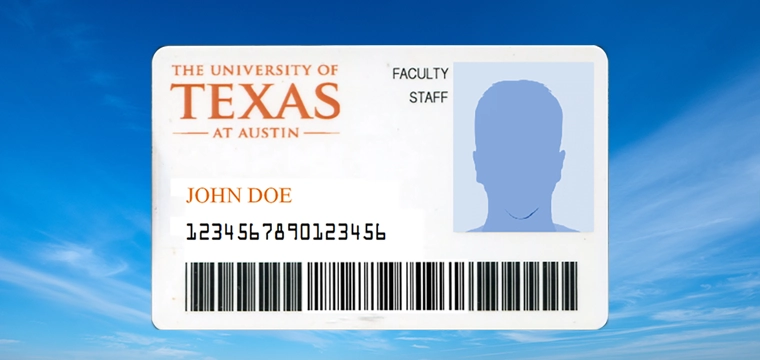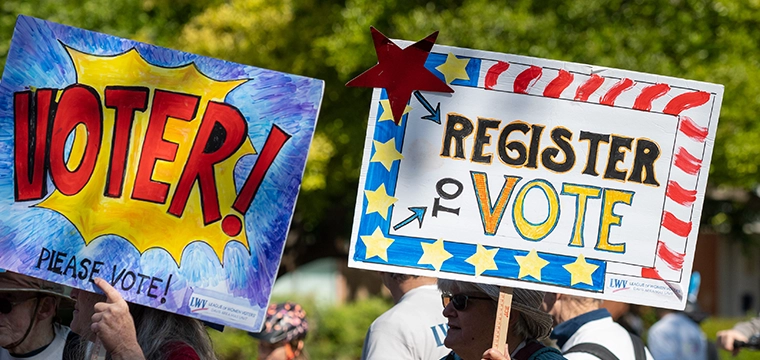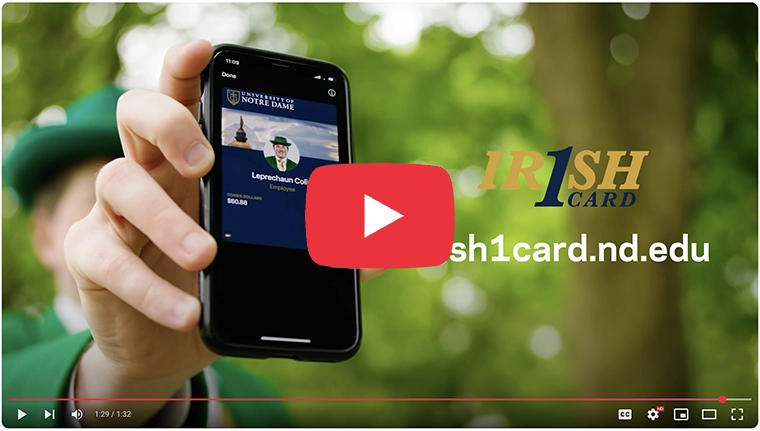
The University of Mississippi implemented a new campus dining initiative on campus to start the spring semester, adding Starship Technologies' delivery robots. Ole Miss has deployed 30 of the autonomous delivery units and is supporting orders for a number of on-campus dining franchises.
According to an official university release, the initiative with Starship began on Jan. 22, enabling all Ole Miss students, faculty and staff to use the Starship Deliveries app to order food and drinks for delivery anywhere on campus. Deliveries are typically fulfilled within minutes, and the initiative is also integrated with student meal plans.
“Ole Miss Dining is focused on the continued utilization of advanced technology to enrich the student, faculty and staff dining experience,” says Chip Burr, resident district manager of Ole Miss Dining Services. “We are excited about the expansion of our mobile ordering operation and the new opportunities this partnership creates.”
Starship Technologies has launched its autonomous robot delivery system on a number of campuses over the past year, but Ole Miss marks the first of the Southeastern Conference universities to join the trend.
“We’re honored to be able to help make lives a little bit easier for Rebels across the Ole Miss campus by offering the world’s leading autonomous delivery service” says Ryan Tuohy, senior vice president of business development at Starship. “Whether it’s getting breakfast delivered in the morning or having a late-night snack, our robots are here to serve students, faculty and staff at all times of the day.”
Ole Miss is supporting delivery orders from Starbucks, Chick-fil-A, McAlister’s, Panda Express, Which Wich, Qdoba, Einstein Bros. Bagels, Raising Cane’s, Steak ‘n Shake, Freshii, Papa John’s and Sambazon. Once students choose their food items, they select a delivery location by dropping a pin on a campus map in the app.
Students can watch the robot’s journey in real time through an interactive map, and when the robot arrives, an alert is sent to the student to meet the robot and unlock it via the app. Deliveries are typically fulfilled in a matter of minutes, depending on the items ordered and the distance the robot must travel.
The robots leverage machine learning, artificial intelligence and a series of on-board sensors to navigate on sidewalks and avoid obstacles. Each robot can carry up to 20 pounds, as well as cross streets, climb curbs, travel at night and operate in both rain and snow.




